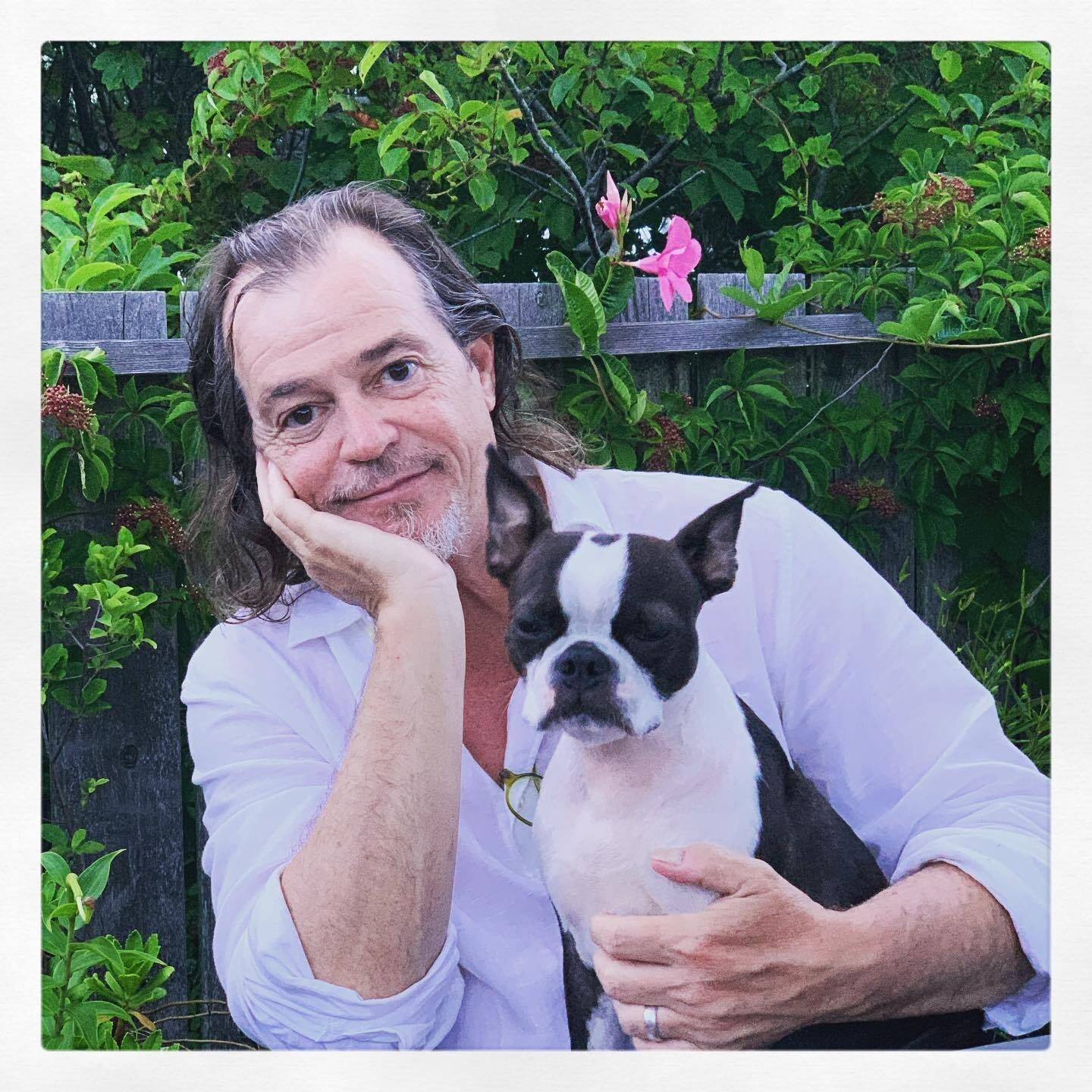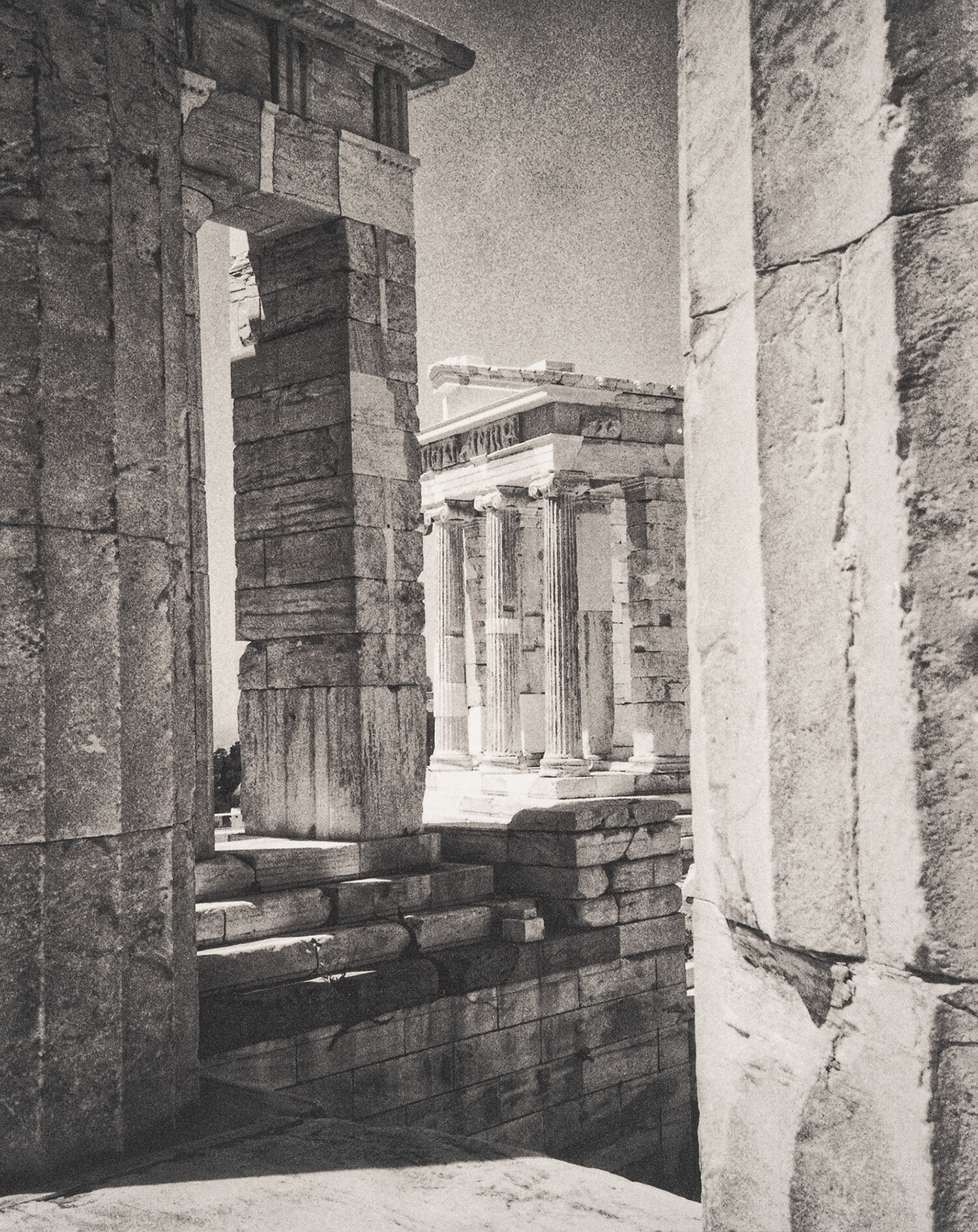terry towery
BIOGRAPHY
Photographer and artist Terry Towery (AKA Timothy Eugene O'Tower) has been exhibiting since 1985. His work is in the permanent collection of The Victoria and Albert Museum, The Harn Museum of Art as well as numerous private collections. He has exhibited internationally in solo and group exhibitions at such institutions as The Museum of Modern Art, The Alaska Museum of Art, The Delaware Center for Contemporary Art, Visual Studies Workshop, Michael Mazzeo gallery, Peer Gallery, Lyons Wier Gallery, University of Notre Dame, Sotheby's NY, DUMBO Arts Center, SUNY Brockport, The Quay School of Art in Wanganui New Zealand, the Silicon Gallery in Philadelphia, Central Fine Arts SoHo, the Florida Museum of Fine Arts, the Center for Exploratory and Perceptual Art (CEPA), The Campos Photography Center, Mississippi State University, University of Nebraska, The Appleton Art Center, The Instituto Guatemalteco Americano in Guatemala, The University of Gothenberg Sweden and many others.
Solo exhibitions include the May Gallery at Webster University and the Art Department Gallery at the University of Northern Iowa. Group shows include: Making it Up at the Victoria Albert Museum in London, Still Life Alternative Exposures at Loosen Art Gallery Rome Italy, Vistas at A. Smith Gallery in Austin Texas, Light Sensitive at Art Intersection gallery in Gilbert Arizona, The Recently Uncovered Photographs of Timothy Eugene O'Tower at Michael Mazzeo gallery, Old Media New Visions at the Delaware Center for Contemporary art with Adam Fuss and Sally Mann, and Past is Present at the Visual Studies Workshop in Rochester.
His work has appeared in numerous publications including: Jill Enfield's Guide to Photographic Alternative Processes: Popular Historical and Contemporary Techniques, P magazine and Exploring Color Photography: From the Darkroom to the Digital Studio by Robert Hirsch. Additionally, he is working on his fifth (of ten) book in the book of 100 series.
He is currently Chair and an Associate Professor of Art at Lehman College CUNY.
He was a part time Associate Professor of Photography and Art and Design Studies at Parsons, The New School for Design for over 30 years. Prior teaching appointments have been at the College of Art, Media & Technology and the College of Art and Design Theory and History at Parsons School of Design, and the graduate program in media studies in The New School for Public Engagement in New York City. Assistant Professor at FIT SUNY, a member of the Graduate Faculty at the New School for Social Research's Media Studies Program, an Instructor of Art at Brooklyn College, an adjunct Assistant Professor at the County College of Morris, and held the graduate research teaching assistantship at The University of Florida.
STATEMENT
Brief Glimpses of Magical Places
"When we contemplate ruins, we contemplate our own future. To statement ruins predict the fall of empires, to philosophers the futility of mortal man's aspirations. To a poet, the decay of a monument represents the dissolution of the individual ego in the flow of Time; to a painter or architect, the fragments of a stupendous antiquity call into question the purpose of their art. Why struggle with a brush or chisel to create the beauty of wholeness when far greater works have been destroyed by time."
From In Ruins by Christopher Woodward
Photography and travel have been linked since it's invention. The frustration Fox-Talbot experienced with his inability to draw during his nineteenth-century "Grand Tour" directly led to his exploration and invention of photography. Photography has always had a unique ability to transform the viewer to another place. My work is often about travel, actual or virtual.
The "Picturesque arose as a mediator between these opposed ideals of beauty and the sublime, showing the possibilities that existed in between these two rationally idealized states."
Edmund Burke in his 1757 A Philosophical Enquiry into the Origin of Our Ideas of the Sublime and Beautiful
The picturesque is of course aimed at the urban viewer. It is nature tamed and seen romantically from afar. There are no bugs, no heat or cold nor any danger.
I strongly believe that travel and encountering foreign (at least to me) cultures are the key to expanding human consciousness and reducing bigotry and intolerance. Unfortunately, many destinations have become simulacra of themselves. There are no authentic responses to Piccadilly Circus or the Eiffel Tower or the Statue of Liberty any longer. Those experiences have been mediated by photography. Many places have been "already seen" before you even get there. The choice of the Ruins is an attempt to get away from that "already seen" quality that so many tourist destinations have.
My work is heavily informed by the history of photography, but not as a temple. Instead, as a resource to draw upon for inspiration. I have a relentless and constant curiosity about the conversation that is the history of photography. How can I contribute to, and be included in, that conversation? There is a part of my creative life I like best. I get to engage with the conversation that is the history of photography. I desperately desire to contribute to and be a part of, this long conversation.
Often my work involves travel to places exotic and visually interesting to me. I make photographs and then process the images later, with enthusiasm. The act of exposing the image is just the beginning of a beloved process that has many creative decisions that occur en route to the final outcome. I embrace the Platinum Palladium process for it beauty as well as its longevity. I find this process to have a rich history in Art Photography but also it has a unique print sensibility to it.
As an artist, I inherited an experimental approach to working with light-sensitive materials. I emerged from the tradition of experimental photography that includes Man Ray, Moholy-Nagy, and Robert Heinecken. I studied with Jerry Uelsmann and Robert Fichter, both pioneers of experimental and alternative process photography. I work with light-sensitive materials of all kinds. I tend to come back to the platinum-palladium process for more romantic reasons than practical ones.
"Photos don't get better when they're bigger"
Helen Van Meene
Photography is a form of magic. I feel it's necessary to make things. It satisfies a visceral part of me that digital media does not. I made that! Is an expression you simply can't say about a Photoshop file. To be able to say "I made that! Thing, print, object of beauty" is a satisfying feeling. It is much more satisfying than "I saved this file to my local hard drive and uploaded it to social media."
Different images demand different forms of presentation. Scale, process, and tonality are taken into consideration. From Salted Paper to albumen to cyanotype to toning and staining to platinum palladium I experiment with photographic processes like an alchemist. I enjoy the chemistry and process of photography a great deal.
I am interested in continuing the creative process beyond the release of the shutter. I have consistently over my career been interested in the photograph as an object, not just an image. It is deeply important that my work goes beyond image and becomes an object. I tend to come back to the platinum-palladium process for more romantic reasons than practical ones. I prefer to shoot on film, all formats. After images are processed I regularly try gelatin silver and alternative process printing to see what's most appropriate for the image. The Platinum Palladium process is integral to my work more and more.
“Ardvreck Castle 2”, 8"x10, Platinum palladium print
“The Acropolis”, 8"x10, Platinum palladium print
“Versailles”, 8"x10, Platinum palladium print





